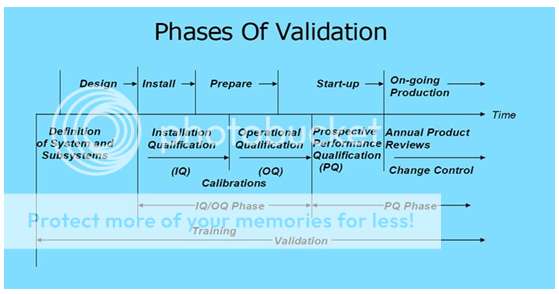
EMA modernizing the orphan designation process
On June 19, 2018, the European Medicines Agency (EMA) launched a new secure online portal for Orphan Designation (OD) applications. The portal, named ‘Iris’, provides a single window where applicants can submit and manage the information and documents related to their applications for orphan designation ref 1. This initiative is expected to reduce the time required to prepare and submit the applications. During the review process, applicants can check the status of their applications from any device and receive automatic notifications when the status of the application changes.
About Iris
IRIS is the online web portal through which applicants can apply to the EMA for orphan designation for a medicine. EMA plans to expand the scope of this portal to cover other regulatory and scientific procedures. This new process, which will become mandatory after September 19, 2018, for procuring orphan designation, requires the following steps to be completed before any activity relating to an orphan designation procedure can be carried out using the new IRIS Portal ref 2:
a) Both the Applicant and Sponsor of an orphan designation, or persons acting on their behalf, must have an active EMA user account and must be registered with IRIS user access roles of either ‘Orphan Industry Manager’ or ‘Orphan Industry Contributor.
b) The ‘Organization’ for which the OD application is being submitted must be registered in the EMA’s Organization Management System (OMS);
c) The ‘Substance(s)’ for which the application is being submitted must be registered and appear on the official EMA list of all substances, the European Union Telematics Controlled Terms (EUTCT) database;
d) Each new OD application must have a Research Product Identifier (RPI) – the process for requesting an RPI will be required before OD application.
About orphan drug designation
The European Medicines Agency (EMA) plays a central role in facilitating the development and authorization of medicines for rare diseases, which are termed ‘orphan medicines’ in the medical world. The medicine must fulfil following criteria for designation as an orphan medicine so that it can benefit from incentives such as protection from competition once on the market
It must be intended for the treatment, prevention or diagnosis of a disease that is life-threatening or chronically debilitating;
The prevalence of the condition in the EU must not be more than 5 in 10,000 or it must be unlikely that marketing of the medicine would generate sufficient returns to justify the investment needed for its development;
No satisfactory method of diagnosis, prevention or treatment of the condition concerned can be authorized, or, if such a method exists, the medicine must be of significant benefit to those affected by the condition.

19/06/2018
Modernising the orphan designation process
EMA launches new submission portal today
The European Medicines Agency (EMA) has launched a new secure online portal for orphan designation applications.
applications.
The portal, named ‘Iris’, provides a single space where applicants can submit and manage the information and documents related to their applications for orphan designation. This is expected to reduce the time needed to prepare and submit the applications. During the review process, applicants can check the status of their applications from any device and receive automatic notifications when the status of the application changes.
Iris is part of a longer-term programme that aims to make the handling of product-related applications easier and utilises the domains of master data in pharmaceutical regulatory processes (SPOR).
Applicants will still be able to use the existing submission process until 19 September 2018. However, the Agency strongly encourages companies to start using the new portal from today.
In order to help applicants with the transition, EMA has developed two guidance documents. These step-by-step guides provide detailed instructions on how to use the new system and explain what has changed with its introduction.
EMA tested a pilot of the new system in March 2018 with 35 volunteers from 26 different organisations. Feedback from this test helped EMA to optimise the portal and showed high levels of satisfaction.
In future, the new system may be extended to include other procedures, taking user feedback and experience into account.
12 http://www.ema.europa.eu/ema/index.jsp?curl=pages/news_and_events/news/2018/06/news_detail_002976.jsp&mid=WC0b01ac058004d5c1
13 http://www.ema.europa.eu/docs/en_GB/document_library/Regulatory_and_procedural_guideline/2018/06/WC500250762.pdf
Note- In order to help applicants with the transition, EMA has developed two guidance documents. These stepby-step guides provide detailed instructions on how to use the new system and explain what has changed with its introduction.
//////iris, ema, orphan designation process















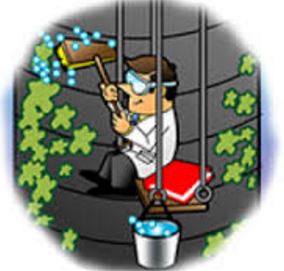

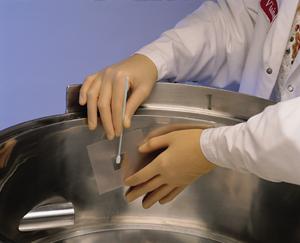






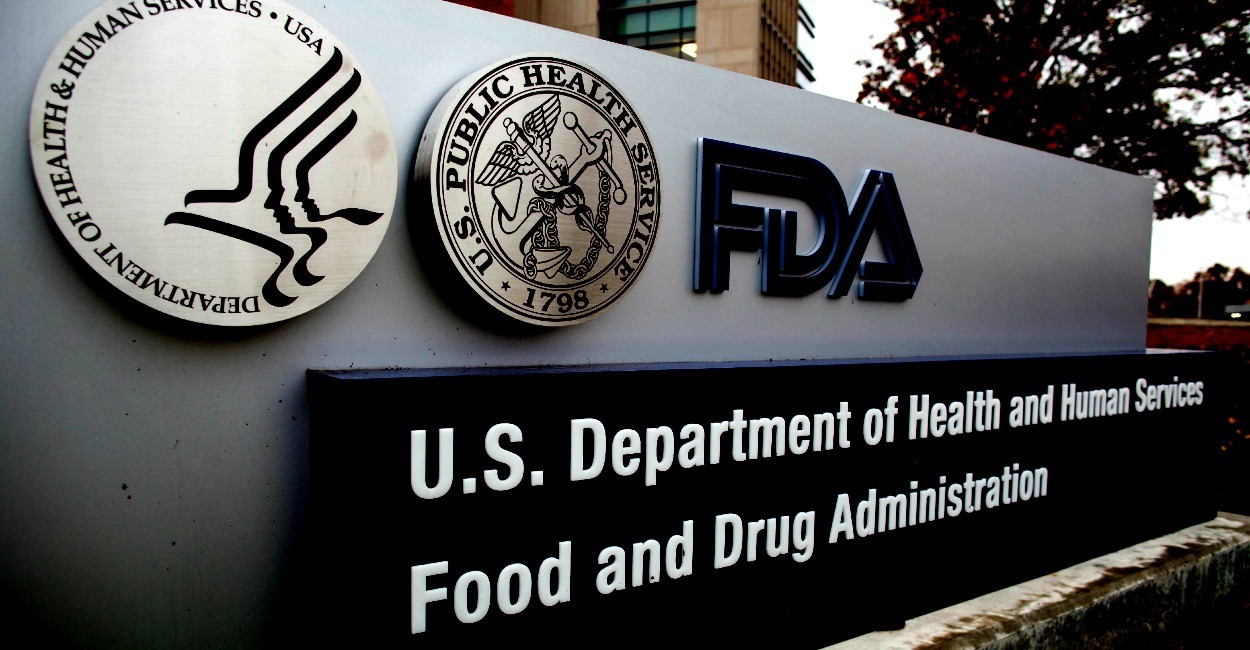

.jpg)



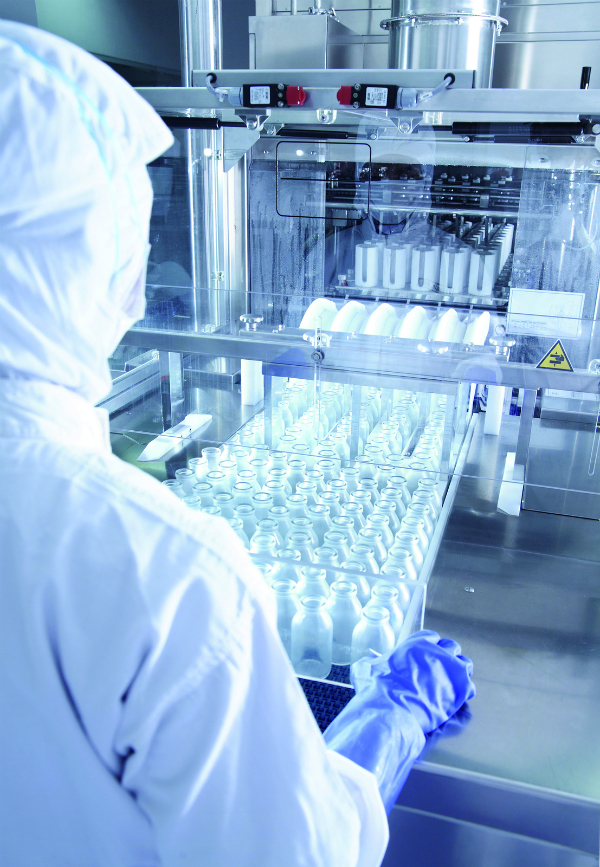


.jpg?n=3254)
